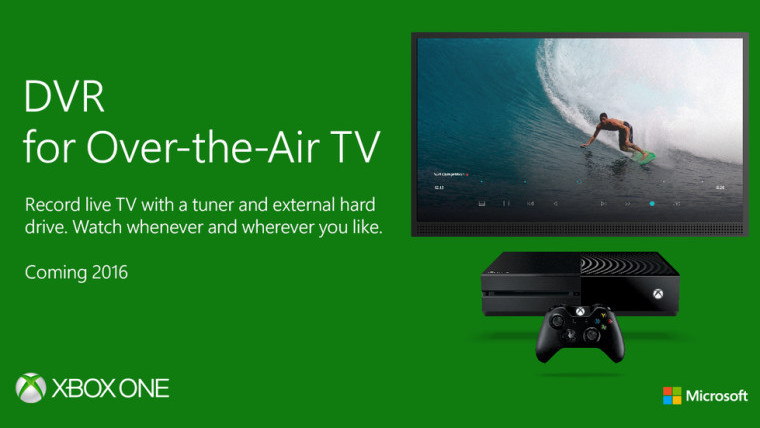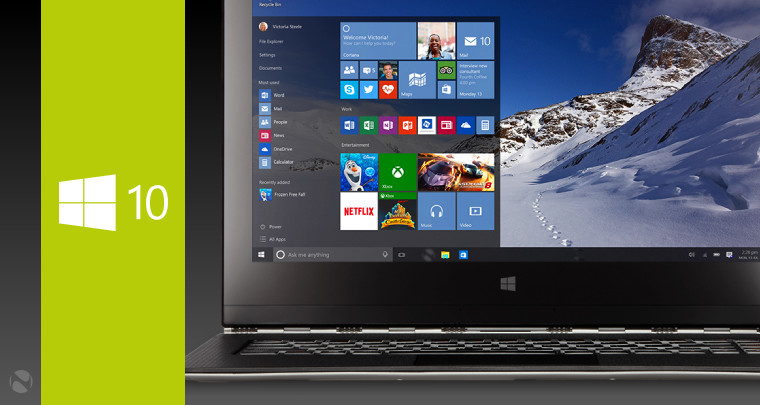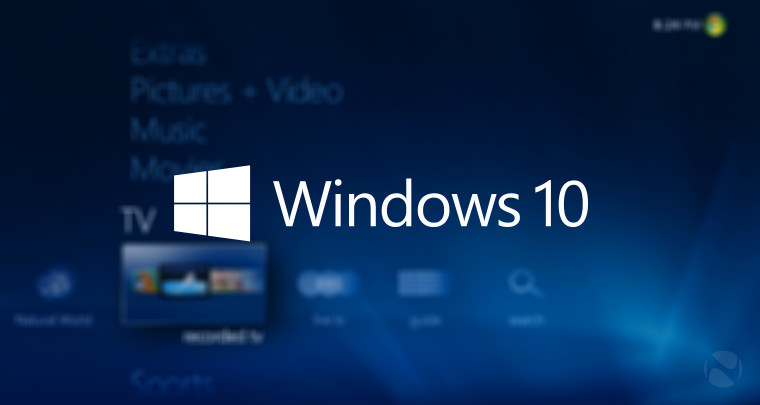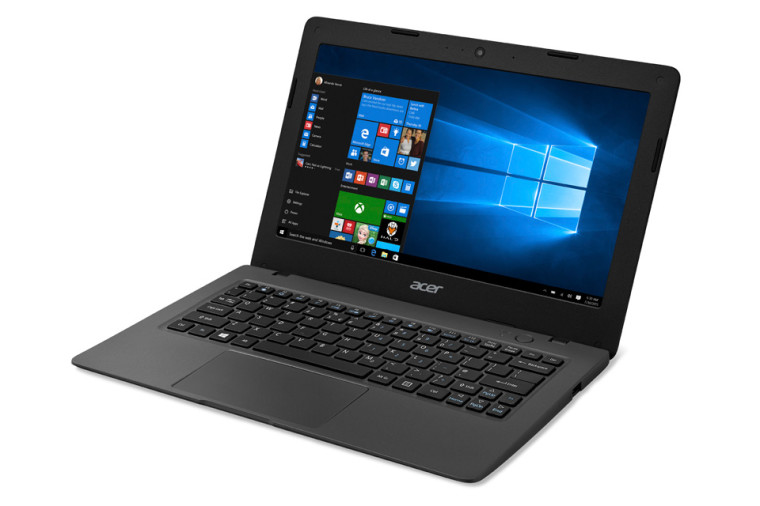7 Days is a weekly round-up of the Editors' picks of what's been happening in the world of technology - written with a dash of humor, a hint of exasperation, and an endless supply of (Irish) coffee.

After all the buzz and excitement surrounding last week’s launch of Windows 10, things were a little quieter across the tech world this week, but only slightly. There were some pretty big announcements, along with the usual mix of spicy rumors and juicy leaks – but if you were worried that you might have missed something important, fear not, for 7 Days is here once again to bring you up to speed.

We begin this week with Mozilla, which is encouraging users to upgrade to the latest version of Firefox without delay, after the recent discovery of a vulnerability in its browser, which could be exploited to grant access to a user’s files.

After having reportedly turned down a bid from ride-hailing company Uber, Nokia was said to favor an alternative bid for its HERE mapping platform from a consortium of German car manufacturers. This week, the $3 billion deal was finalized, transferring ownership of HERE to Audi, BMW and Mercedes-Benz parent company Daimler.

Microsoft continued its cross-platform software efforts this week with the rollout of an Outlook app for the Apple Watch. It also released a new Translator app for the Apple wearable, as well as for Android Wear devices.

Apple hasn’t sent out the invitations yet, but a report on Friday seemed pretty confident that the company plans to unveil its new iPhones, iPads and Apple TV at an event on September 9.

The next version of Apple’s mobile OS will be officially launched at that event too. For now, it remains in preview, and the latest update – iOS 9 beta 5 – rolled out on Thursday. An update is also available for the watchOS 2 beta.

Earlier this year, Microsoft announced Project Islandwood, a new cross-platform initiative to make it easier for iOS developers to bring their apps to Windows 10. On Thursday, Microsoft announced that the project – now known as ‘Windows Bridge for iOS’ – has been open sourced, and the tools are available today, albeit as a work-in-progress.

After relaunching its Xbox Music service as ‘Groove’, Microsoft brought a new version of its app to the iPhone this week. It follows similar rebranding efforts on the web, Android and the Xbox One last week.

Much of the week’s biggest news came from Cologne, Germany, where the annual Gamescom expo was held. Microsoft made some big announcements, and showed off some of the many new games that are on the way to the Xbox One.
Quantum Break is one example – coming in 2016, the third-person action game features an all-star cast who are not only voice actors in the game, but also appear in a live-action series that’s interwoven with the game itself. As its developers explained, “how you play the game impacts the show, and the show informs how you play the game”. Microsoft showed off the latest trailer for Quantum Break at Gamescom, including the first footage from the live-action series.

Xbox chief Phil Spencer said this week that you should expect more Xbox games with TV and movie crossovers. He said that Microsoft’s consoles are home to “certain franchises that… lend themselves to video, TV and even potentially movies… so I do think you’ll see more.”

One Xbox franchise that’s no stranger to live-action crossovers is Halo. This week, Microsoft announced that Halo Wars 2 – the successor to the original RTS game that launched back in 2009 – is coming in 2016, and also released a trailer.

On October 27, Microsoft will launch Halo 5: Guardians, but a week before that, it will release a stunning limited edition version of its Xbox One console inspired by its flagship gaming series. It’s only being sold in a bundle for $499 – which includes a matching controller, the game itself, and a bunch of other swag – and pre-orders are open now.

But if you’re a real hardcore Halo fan, you’ll be wanting this game bundle instead, which includes a life-size replica of the game’s Needler Gun, with moving parts, LED lights and sound effects. Sadly, it’s not as lethal as the real thing, but the bundle – which has the hilariously awful name ‘Halo 5: Guardians Limited Collector’s Edition Pink Mist Edition' – will still set you back £449.99 GBP (roughly $700 USD), and that doesn't even include the cost of the Xbox One console, which you'll have to buy separately.

Microsoft announced on Tuesday that it’s bringing DVR functionality to the Xbox One, allowing users to record live over-the-air TV broadcasts, and even stream the recordings to a Windows 10 device.

The company also unveiled a new Chatpad keyboard accessory for the Xbox One, which is available to pre-order now. Also compatible with Windows 10, the Chatpad clips onto the bottom of an Xbox One wireless controller, mirroring similar functionality available on the earlier Xbox 360 version.

Earlier this year, Microsoft brought backward compatibility to the Xbox One, allowing owners of the console to play games they had previously bought for the Xbox 360. While this feature remains available only for those on the Xbox Preview program for now, Microsoft said this week that it will roll out to all users in November, with support for 100 titles at launch.

On Wednesday, storage specialists Seagate launched the 2TB Game Drive, “designed exclusively for Xbox One or Xbox 360”. But we couldn’t help noticing that, at $109.99, it costs a good deal more than many other 2TB external drives. Indeed, it looks like you’ll end up spending around $30 more for nothing more than a green branded fascia on the top of the drive.

Back in June, Microsoft revealed that it was working on a completely new user experience for the Xbox One, with a dramatically redesigned interface. On Monday, the company said that this new UX, “powered by Windows 10”, will be rolling out in November, and it aims to deliver a beta release to Xbox Preview members in September.

Microsoft also showed a glimpse of how the new Windows 10-based UX is shaping up, with a look at the latest Home screen design for the Xbox One.

Last week, Microsoft said that 14 million people had upgraded to Windows 10 in its first 24 hours of availability. A report on another site soon claimed that this figure had climbed massively to 67 million in just a few days – but on Monday, our own sources at Microsoft revealed that the true number was actually much lower; just 18.5 million.
On Friday, Microsoft issued an official update on the number of Windows 10 machines out in the wild, which now stands at 25 million.

Microsoft is staggering the rollout of Windows 10 in ‘waves’, so not everyone can upgrade at the same time. But if you’re one of the millions who have upgraded to Windows 10, head over to our latest discussion on what our readers think of the new OS so far, and have your say!

Microsoft released its first update rollup for Windows 10 on Wednesday, after launching the OS last week. The cumulative update includes various ‘non-security’ improvements, but not much in the way of new features.

While Microsoft has managed to make Windows 10 familiar to users of both Windows 7 and 8.1, the new OS still takes a bit of getting used to at first. If you’re still trying to find your way around, we’ve been sharing various handy Windows 10 tips, including:
- Customizing the Start menu
- How to create a custom accent color
- Upgrading from Windows 10 Home to Pro

Those upgrading from Windows 7 and 8.1 versions with Windows Media Center will find that this feature no longer exists in the new OS. For those who have lost this functionality, Microsoft has now released a new Windows DVD Player app – but this barebones app only replaces the DVD features in Media Center, and if you ever do a clean install of Windows 10, Microsoft expects you to buy the app for $14.99.
Ha!

The creator of the original Start menu and taskbar in Windows 95 isn’t very impressed with the Windows 10 version – but the IDSA (Industrial Designers Society of America) praised its design this week, presenting Microsoft with an award.

With Windows 10 now in the hands of ‘ordinary’ users, Microsoft released new and updated keyboards and mice on Tuesday, including features designed around its new OS.

Microsoft’s hardware partners are also rolling out new devices with Windows 10 onboard, including Acer, which has released the 11- and 14-inch Cloudbooks. Priced from just $169, the devices are part of a renewed push by Microsoft against Google’s ultra-low-cost Chromebooks.

Microsoft itself will also be rolling out a new generation of hardware before the end of the year. Neowin exclusively revealed details of Microsoft’s plans on Wednesday, including information on the Surface Pro 4, the second-gen Microsoft Band wearable device, and HoloLens.

Microsoft’s CEO Satya Nadella described HoloLens as a five-year journey, but added that the first devices will be out within a year.

Two sets of images leaked this week showing the new flagship-class Lumias, known by their development codenames, ‘Talkman’ and ‘Cityman’.

While Windows 10 is rolling out for PCs, its smartphone launch won’t come until later this year. In the meantime, build 10166 remains the most recent preview build of Windows 10 Mobile – but Microsoft’s Gabe Aul hinted on Tuesday at a new upcoming release. He said the build number would be higher than 10240 (the ‘RTM’ build for PCs) – but the following day, Windows 10 Mobile build 10240 leaked onto the web.

The biggest weakness of Microsoft’s mobile OS remains apps – and some brands are now giving up on the platform completely. This week, one of the UK’s largest shopping loyalty groups, Nectar – which includes hundreds of the country’s top brands, and boasts 19 million customers – pulled the plug on its Windows Phone app, “due to the lack of users”.

On Tuesday, we went hands-on with Microsoft’s refreshed Docs.com site, a document-sharing platform that has been around for years, but which is now getting some new love from the company. On Wednesday, the site was updated again, dropping the beta tag from the relaunched service.

Microsoft’s Sway – the recent addition to its Office suite, which lets users quickly and easily create multimedia presentations – also emerged from preview on Wednesday, and its new Windows 10 app is now functional too.

And before we move away from Microsoft onto other matters, it’s worth mentioning that the company announced new employment benefits for the parents on its workforce, with a whole host of additional perks, including extra paid leave.

Let's move on now to Google, which released its latest figures breaking down the proportion of active Android devices running each version of the OS. They show that Android 5.x Lollipop is now on 18.1% of active devices – a significant increase in the last two months, but still a pretty poor effort almost ten months after Lollipop was first announced.

After the recent discovery of a massive security vulnerability in Android – believed to affect almost all active Android devices – Google announced this week that it will patch that vulnerability, and will now roll out monthly security updates to all Nexus devices. Samsung and LG later followed with similar commitments – but carriers will still need to approve all updates before they roll out, and we all know how much carriers suck at delivering updates.

While Samsung launched its flagship Galaxy S5 range last year, followed by its current Galaxy S6 handsets this year, the company made a bizarre move this week with the launch of the old-sounding Galaxy S4 Mini Plus. The device actually has some decent specs, including the latest-generation 64-bit Snapdragon 410 processor, but it’s stuck on Android 4.4.4 KitKat, a version of the OS which is now over a year old.

Samsung recently said that it would ‘adjust’ pricing on its flagship Galaxy S6 and S6 edge, following lackluster sales of both devices. T-Mobile has become the first US carrier to slash up to $200 off the full retail prices of both handsets, albeit only for a limited time, just a few months after they went on sale.

But if you’re looking forward to Samsung’s next flagships, feast your eyes upon what appear to be official renders of the Galaxy Note 5, and the giant Galaxy S6 edge ‘Plus’, revealed this week by semi-retired leaker @evleaks.
OnePlus announced that just a week after unveiling its new flagship-class handset, the 2, it has already received two million reservations for the device – not bad when you consider it took the company all of 2014 to sell a million OnePlus Ones.
Too bad the *$%#ing invite system is returning.

If you’re on the lookout for more great content to enjoy on Neowin, be sure to check out some of the hardware that we’ve reviewed for you this week. First up, editor Christopher White took a long hard look at HP’s Elitebook Folio 1020 Ultrabook, and rated it highly for its fanless design, solid performance and fingerprint scanner – although there were a few things he didn’t like so much.

Neowin reporter Timi Cantisano reviewed the Zidoo X1, and if you haven’t heard of this Android multimedia box, you’re not alone. But Timi rated it highly for its affordable $59.99 price tag, particularly given that it can also handle 4K content with smooth playback.

And Robbie Khan came away impressed after testing the Symphonized NRG Premium Noise-isolating Headphones. For just $25, they’re very well built and offer great bass, and even include a built-in microphone.

But we end this week in the Netherlands, where YouTube channel Dit is Normaal handed a modified iPhone running Android to passersby in the street, and claimed it was iOS 9. Despite actually using the Android OS on the device, these people remained convinced that it was Apple’s latest and greatest operating system, and heaped praise upon it.
Behold, the magical power of branding.

Before we wrap things up, don’t forget to check out the latest episode of The Redmond Report, our regular podcast roundup that makes sense of the week’s Microsoft news and developments.
- - -
As ever, there’s plenty more to read across the site – including loads of interesting discussions over on our forums. From all of us on the Neowin team, have a great weekend!
















